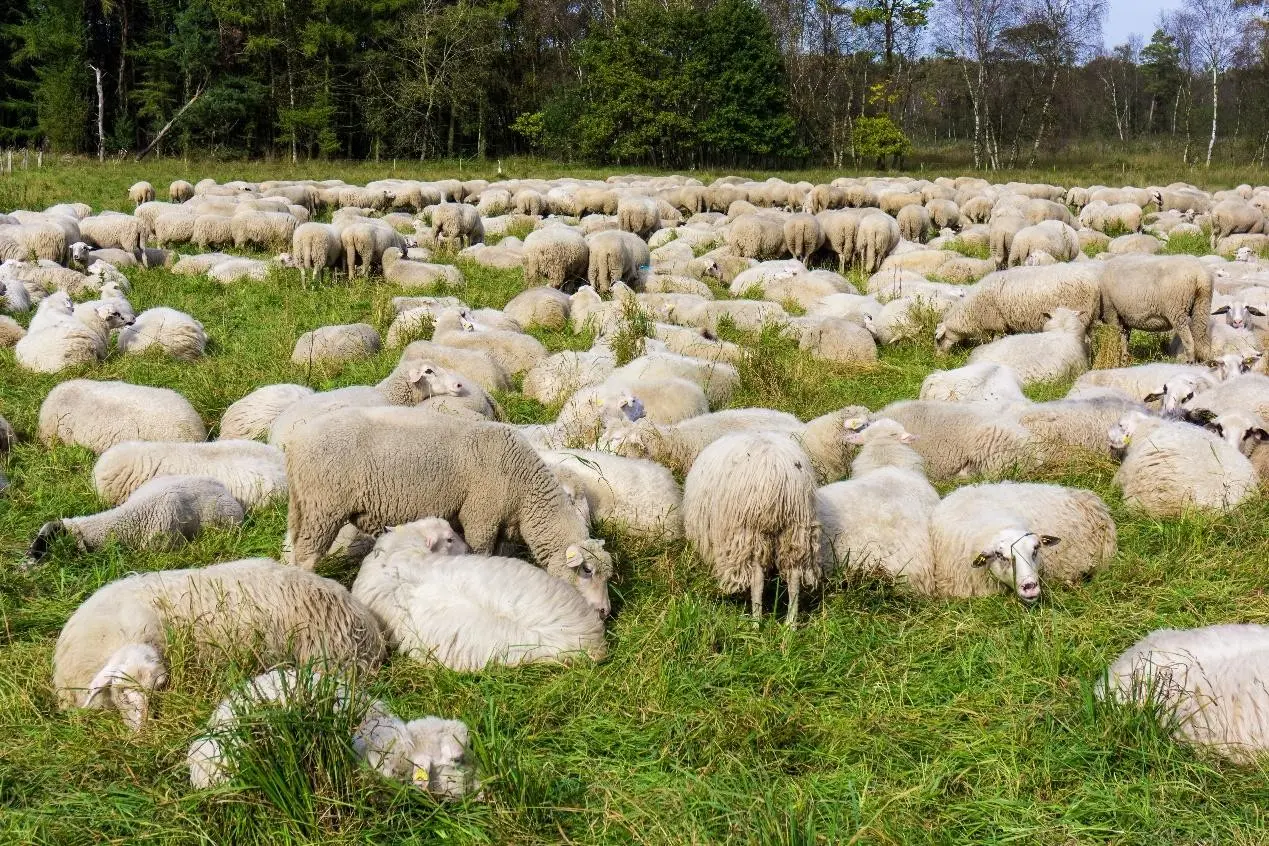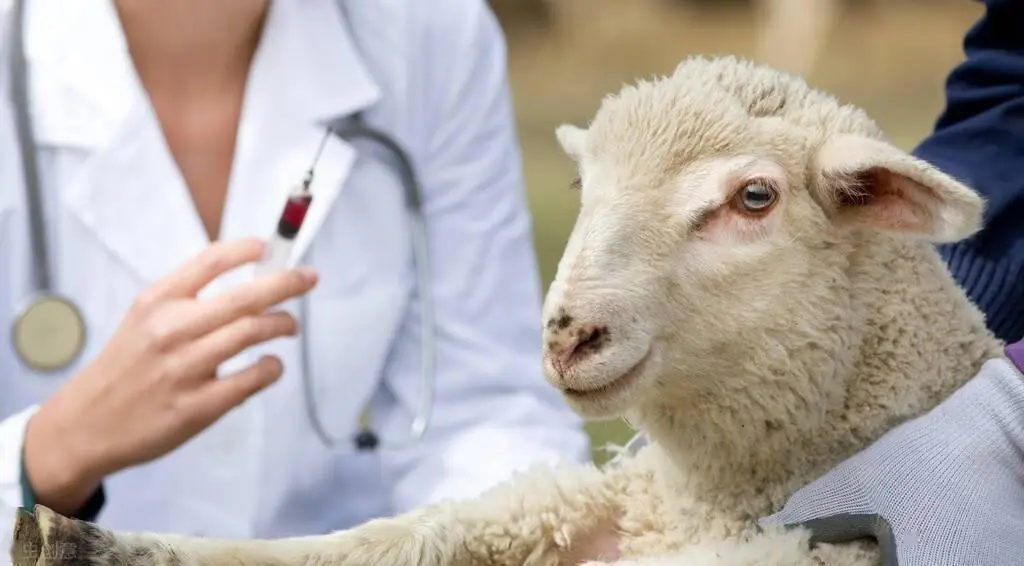Braxy (Sheep Braxy Disease) Prevention & Control Guide
🐑 Braxy (Sheep Braxy Disease) Prevention & Control Guide
1. What is Braxy?
Braxy is an acute, highly fatal infectious disease in sheep caused by Clostridium septicum. It is classified under clostridial diseases in sheep. The disease is characterized by sudden onset, rapid progression, and high mortality, often leading to death before any obvious symptoms are noticed.
💡 Common seasons: Frequently occurs in late autumn, winter, and early spring
💡 Susceptible sheep: Sheep aged 6 to 18 months are most vulnerable
2. Transmission Routes
📌 1. Oral ingestion
- Sheep ingest feed, forage, or water contaminated with Clostridium septicum spores.
📌 2. Wound infection
- Infection via wounds during shearing, docking, dehorning, castration, lambing, or injections.
📌 3. Climate stress
- Sudden cold weather or ingestion of frosted or frozen forage weakens immunity and triggers infection.

3. Clinical Symptoms
🐑 1. Sudden death without warning
🐑 2. Depression, anorexia, teeth grinding, abdominal pain, bloating
🐑 3. Respiratory distress, possible coma
🐑 4. Swelling of skin or local tissues (malignant edema)
🩺 Postmortem lesions: Hemorrhagic and necrotic inflammation of the abomasum (fourth stomach) with a foul odor.
4. Prevention & Control Measures
✅ 1. Prevention is key
- Environmental disinfection: Apply Roxycide disinfectant at 0.5%-1% concentration to disinfect barns, feeders, and water systems effectively.
- Regular vaccination: Use clostridial combination vaccines (trivalent or pentavalent) annually in endemic areas.
- Safe grazing practices: Avoid letting sheep graze on frosted or frozen forage.
✅ 2. Flock protection
- In case of outbreaks, isolate sick sheep and move healthy sheep to clean pastures.
✅ 3. Important Notes
Braxy progresses extremely fast, so early detection, isolation, and emergency management are crucial!
Dead sheep must be buried or incinerated to prevent environmental contamination.
✅ 4. Emergency Treatment Plan
|
Measures |
Details |
|
Toxin neutralization |
Administer 10%-20% lime water orally (50-100 ml per sheep), 1-2 times |
|
Antibiotic therapy |
Intramuscular injection of Penicillin (800,000 - 1.6 million IU) twice daily; combine with streptomycin, kanamycin, sulfonamides, or quinolone antibiotics |
|
Supportive therapy |
Intramuscular Caffeine & Sodium Benzoate (3-5 ml) + IV injection of 10%-25% glucose (100-200 ml) |
|
Serum therapy |
Subcutaneous injection of 30 ml of convalescent sheep serum, 1-2 times |
|
Emergency flock treatment |
Administer 2% copper sulfate solution orally (about 100 ml per sheep) |

💬 Tip: Roxycide Disinfectant is a high-efficiency oxidizing disinfectant with no residue. It is widely used for disinfecting barns, feeding troughs, and water systems, effectively killing Clostridium spores and various other pathogens.





